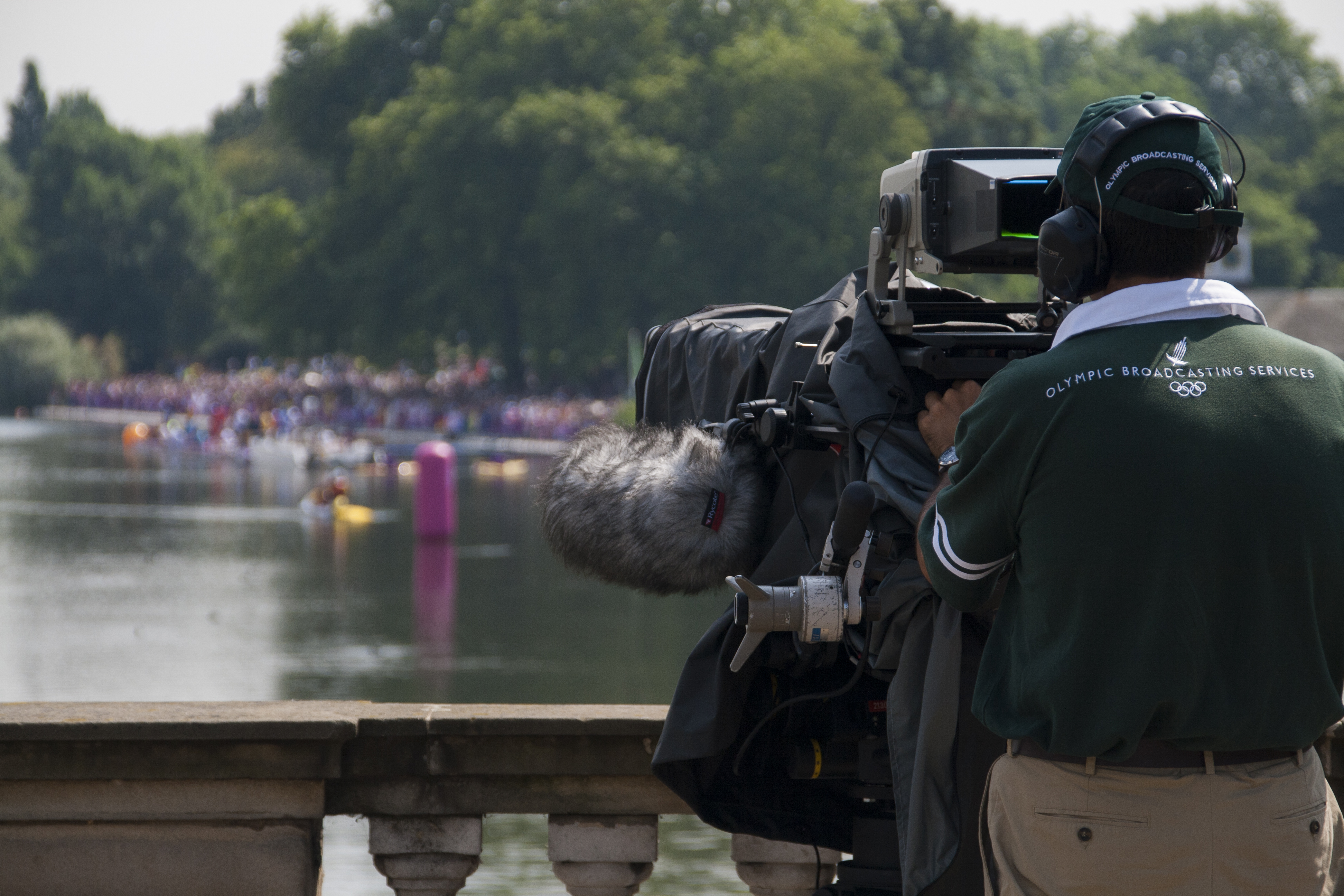
4 minute read
The Evolution and Impact of Sports Broadcasting on Modern Viewers
In today’s fast-paced world, sports broadcasting has undergone a dramatic transformation. With advancements in technology and shifts in consumer habits, the way sports are broadcasted has evolved significantly, impacting how fans experience their favorite games. This article delves into the evolution of 스포츠중계, the current state of real-time sports coverage, and its influence on fan engagement.
The Evolution of Sports Broadcasting
The journey of sports broadcasting began in the early 20th century with radio broadcasts that allowed fans to listen to live sports commentary. The introduction of television brought a new dimension, enabling fans to watch games live in their homes. These early broadcasts laid the foundation for the immersive sports experiences we have today.
As technology progressed, the advent of cable and satellite television expanded sports coverage, offering fans access to a wider array of sports channels and events. The rise of digital platforms and the internet further revolutionized the industry. Streaming services and online platforms have made it possible for viewers to watch games from around the world in real time, breaking down geographical barriers and providing fans with unprecedented access.
The Current State of Real-Time Sports Broadcasting
Real-time sports broadcasting has become a cornerstone of modern sports media. This dynamic form of broadcasting offers live coverage of sporting events, providing fans with immediate access to scores, commentary, and highlights. Several key developments have defined the current landscape of real-time sports broadcasting:
**1. Streaming Services: Platforms such as ESPN+, DAZN, and YouTube TV offer extensive coverage of various sports. These services provide live streams, replays, and on-demand content, catering to a wide range of sports interests and viewing preferences.
**2. Mobile Apps: Mobile technology has enhanced the accessibility of sports content. Apps from sports networks and streaming services allow fans to follow games, receive updates, and engage with interactive features directly from their smartphones or tablets.
**3. Enhanced Viewing Features: Modern broadcasts incorporate interactive elements such as live stats, player tracking, and multi-angle views. These features enrich the viewing experience by providing fans with a deeper understanding of the game.
The Impact on Fan Engagement
The rise of real-time sports broadcasting has had a profound impact on fan engagement. The ability to watch games live and interact with various features has transformed how fans experience sports. Here are some ways real-time sports broadcasting has enhanced fan engagement:
**1. Increased Accessibility: Fans no longer need to rely on traditional media for updates. With live streams and real-time scores, they can stay connected to their favorite teams and events from anywhere in the world. This accessibility has broadened the fan base and increased engagement.
**2. Interactive Experiences: Modern broadcasts offer interactive features that allow fans to engage with the game in new ways. Real-time stats, player insights, and live commentary provide a richer viewing experience. Fans can also participate in polls, quizzes, and social media discussions during the game.
**3. Community Building: Social media platforms have become integral to sports broadcasting. Fans can interact with other viewers, share their thoughts, and participate in conversations about the game. This sense of community enhances the overall fan experience and fosters a deeper connection to the sport.
The Future of Sports Broadcasting
Looking ahead, the future of sports broadcasting promises even more innovations. Emerging technologies such as augmented reality (AR) and virtual reality (VR) are poised to revolutionize how fans experience sports:
**1. Augmented Reality (AR): AR technology can overlay additional information onto live broadcasts, such as player stats, game metrics, and interactive graphics. This enhanced layer of information provides fans with a more immersive and informative viewing experience.
**2. Virtual Reality (VR): VR offers the potential for an immersive experience that simulates being at the game. Fans can watch from different angles, view the action from a virtual stadium, and even interact with other virtual attendees. VR could bring fans closer to the action than ever before.
Conclusion
The evolution of sports broadcasting has reshaped the way fans experience their favorite games. From the early days of radio to the current era of real-time streaming and interactive features, sports broadcasting has continually adapted to meet the needs of modern viewers. As technology continues to advance, the future of sports broadcasting holds exciting possibilities, promising even more immersive and engaging experiences for fans around the world.




